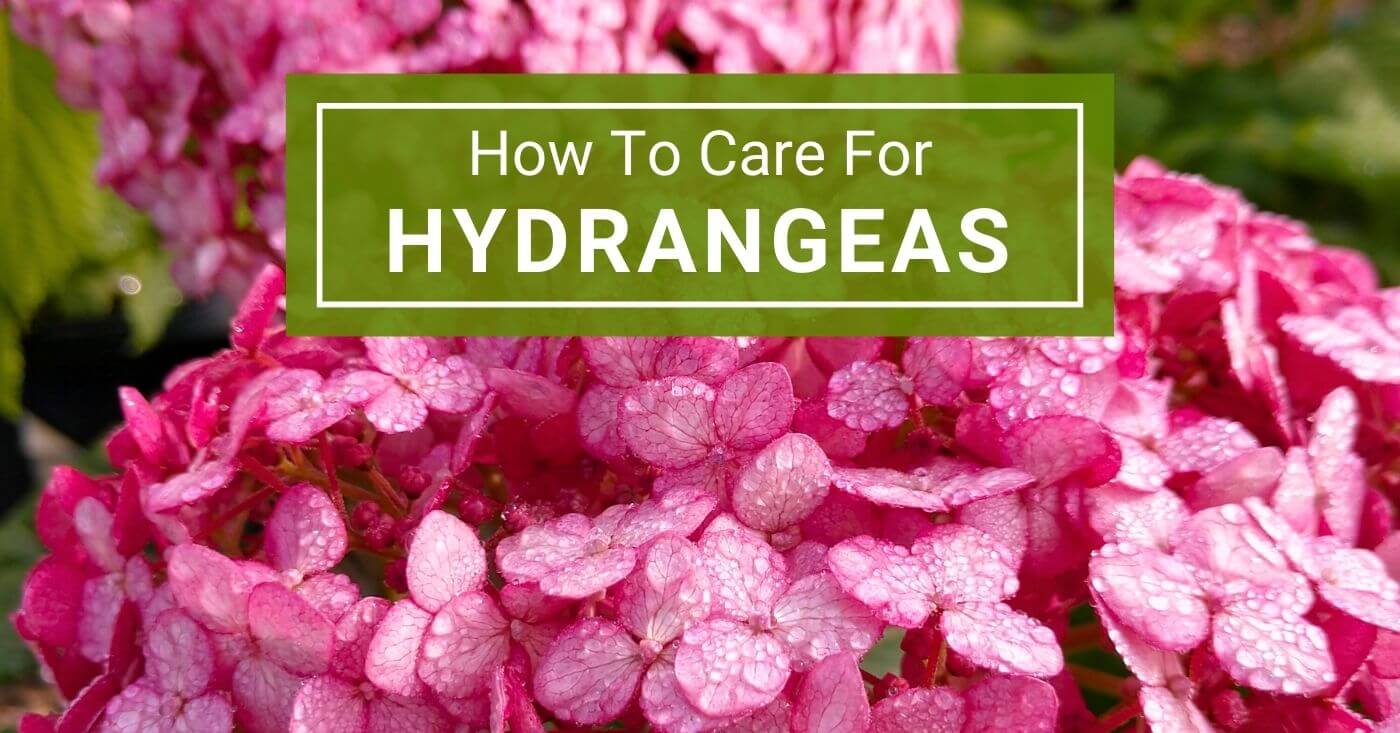Introduction
Hydrangeas are having their comeback moment. Take a walk through your local garden center and you’ll see a broad range of colors, sizes, and varieties. These superb shrubs boast a wide range of varieties, ensuring there’s a hydrangea for everyone! They are wonderfully versatile and hardy.
When proper care is taken with their growth, the display of blooms they provide in summer is something to behold. Hydrangea plants have grown exponentially in popularity over the past few years, and it’s easy to see why!
This guide will help you learn how to properly care for hydrangeas so they can provide you with stunning blooms and beauty for years to come.
Choosing the Right Hydrangeas
Like a snowflake, there are no two hydrangea varieties alike. It’s important to understand the differences between the types to help you decide which would grow best in your yard. In our descriptions of the varieties we reference the growing zone or hardiness zone these plants thrive in. If you’re unsure of your hardiness zone, click here to find out!
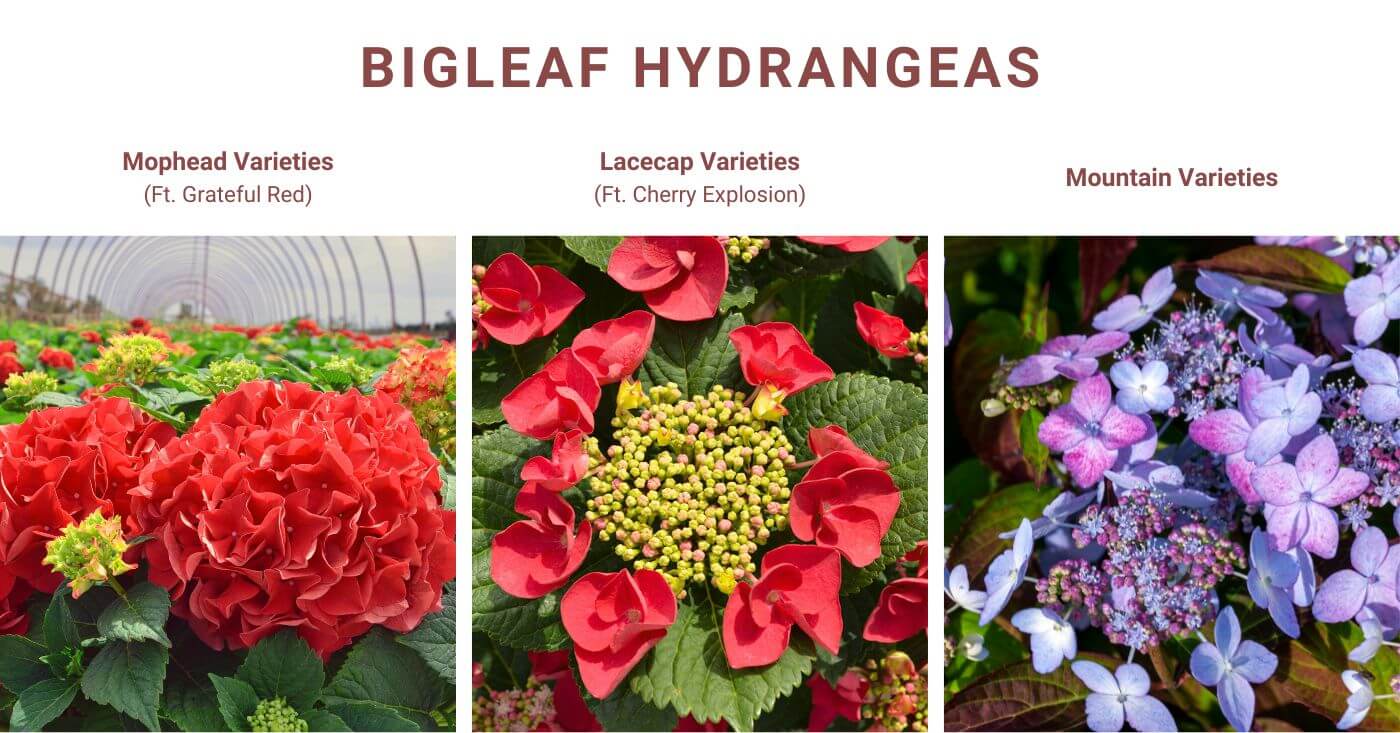
Bigleaf Hydrangeas (Hydrangea macrophylla) - Bigleaf hydrangeas deliver impressive flowers, from bold mopheads to delicate lacecaps, with colors influenced by soil pH and other factors. These showy shrubs are known to be pretty hardy, and can typically thrive in colder zones as well as warmer climates, provided the summers don’t get too hot. Each variety can vary, though, so it’s important to check the growing zone before you commit to these shrubs.
There are three types of hydrangea macrophylla, including mophead, lacecap, and mountain varieties. Mophead hydrangeas are the most popular, and recognizable by their rounded flower heads that can grow to 6” long and 5” wide. Lacecap hydrangeas feature large blossoms in a circle surrounding tiny flower buds in the center. Mountain varieties are the least popular of the three, with smaller flowers that resemble the lacecap, but were bred to survive much colder and harsher zones.
Historically, bigleaf types only flowered on old wood. That was sad news for gardeners where cold winters damage stems and buds. But striking newer varieties such as McKay’s exclusive Cherry Explosion lacecap and Grateful Red mophead bloom reliably on new stems, too.
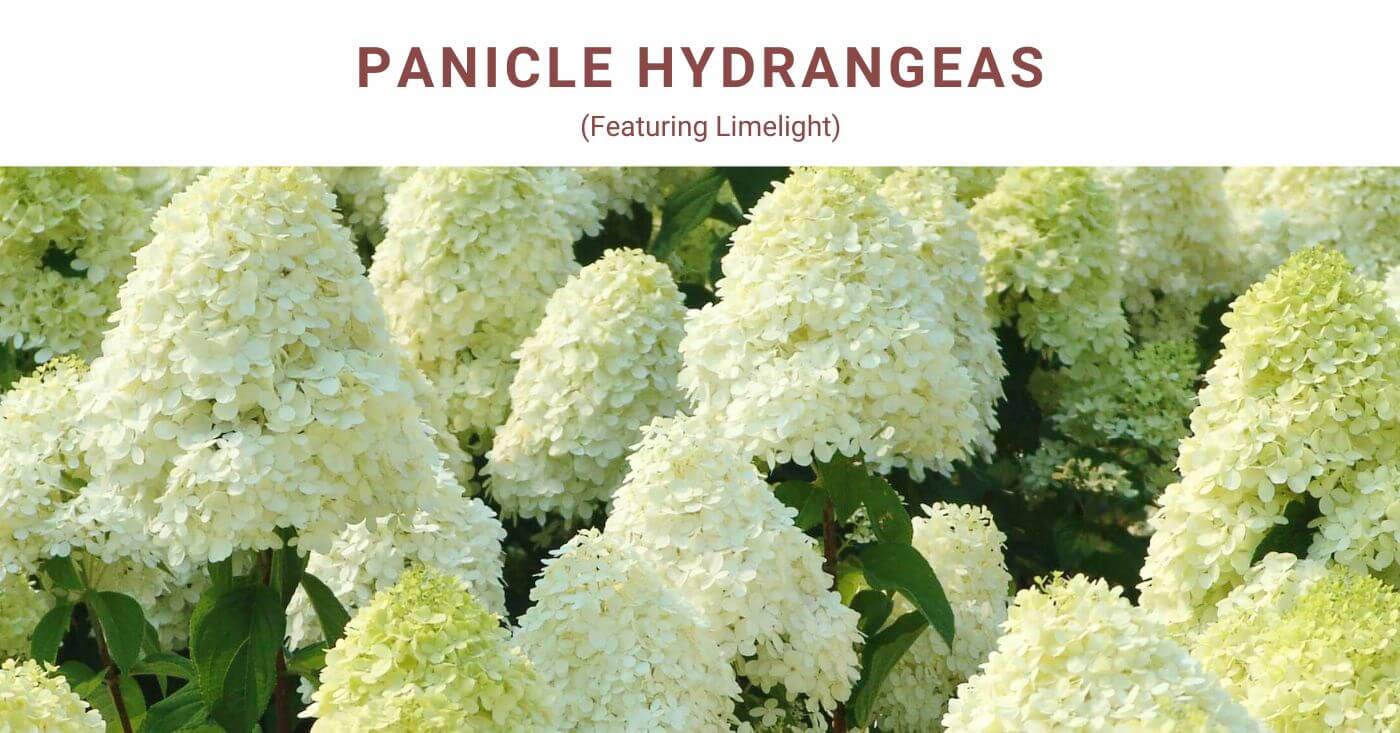
Panicle Hydrangeas (Hydrangea paniculata) - Panicle hydrangeas are known for large, cone-shaped summer blooms that often age to antique shades of pink and bronze. They are known for being more cold-hardy than other varieties, growing as far north as zone 3a. Panicle hydrangeas can also be grown as tree-forms. Their long-lasting flowers range from the gorgeous lime-green blossoms of Limelight to the massive red panicles of the Fire Light. Tree forms feature a stunning, color-changing display seen on the Quick Fire tree. Panicle varieties bloom on new wood.
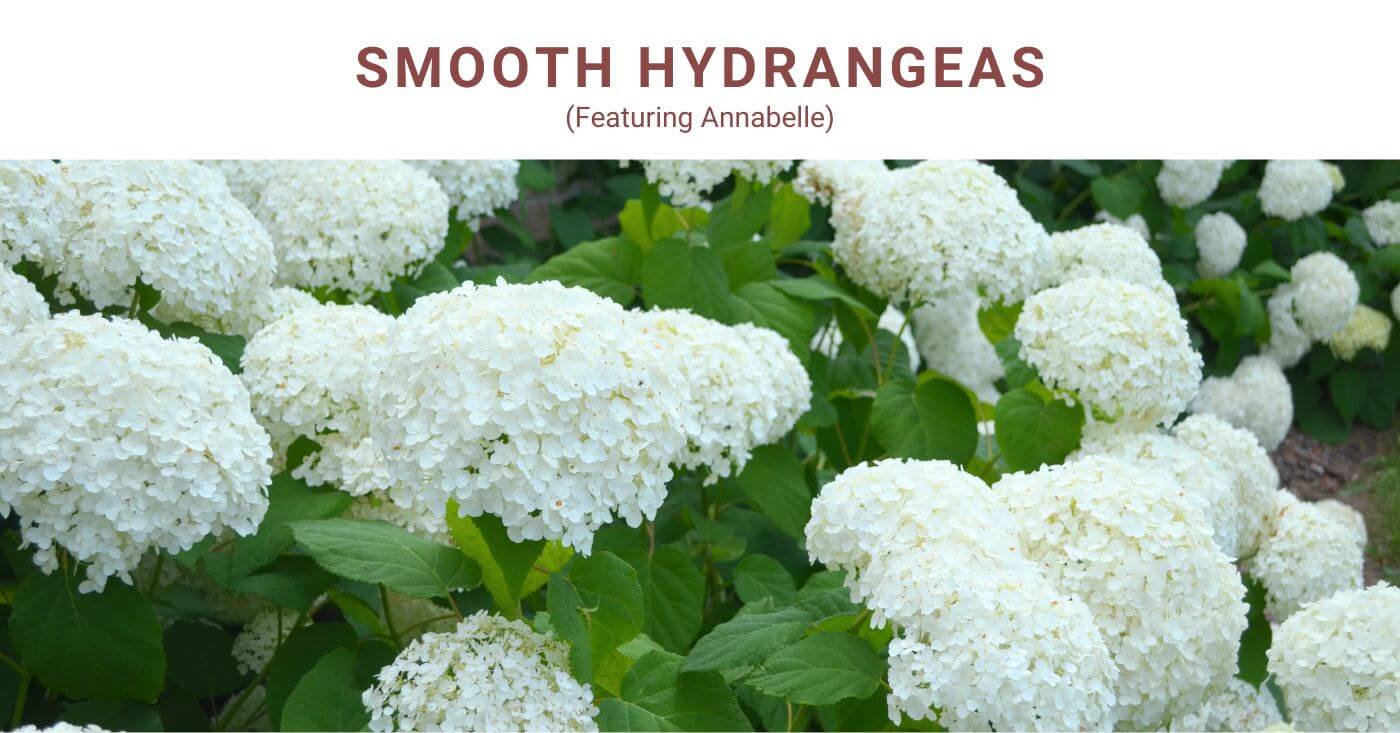
Smooth Hydrangeas (Hydrangea arborescens) - Did you know that smooth hydrangeas are native to most of the southeastern U.S.? Known for their oversize, pom-pom blooms, smooth hydrangeas include the traditional summer favorite Annabelle, with its timeless white 10-12” globes. These varieties can tolerate hot summers, and are suited to both warm and cooler climates, growing well in zones 3-9. Smooth hydrangeas bloom on new wood.
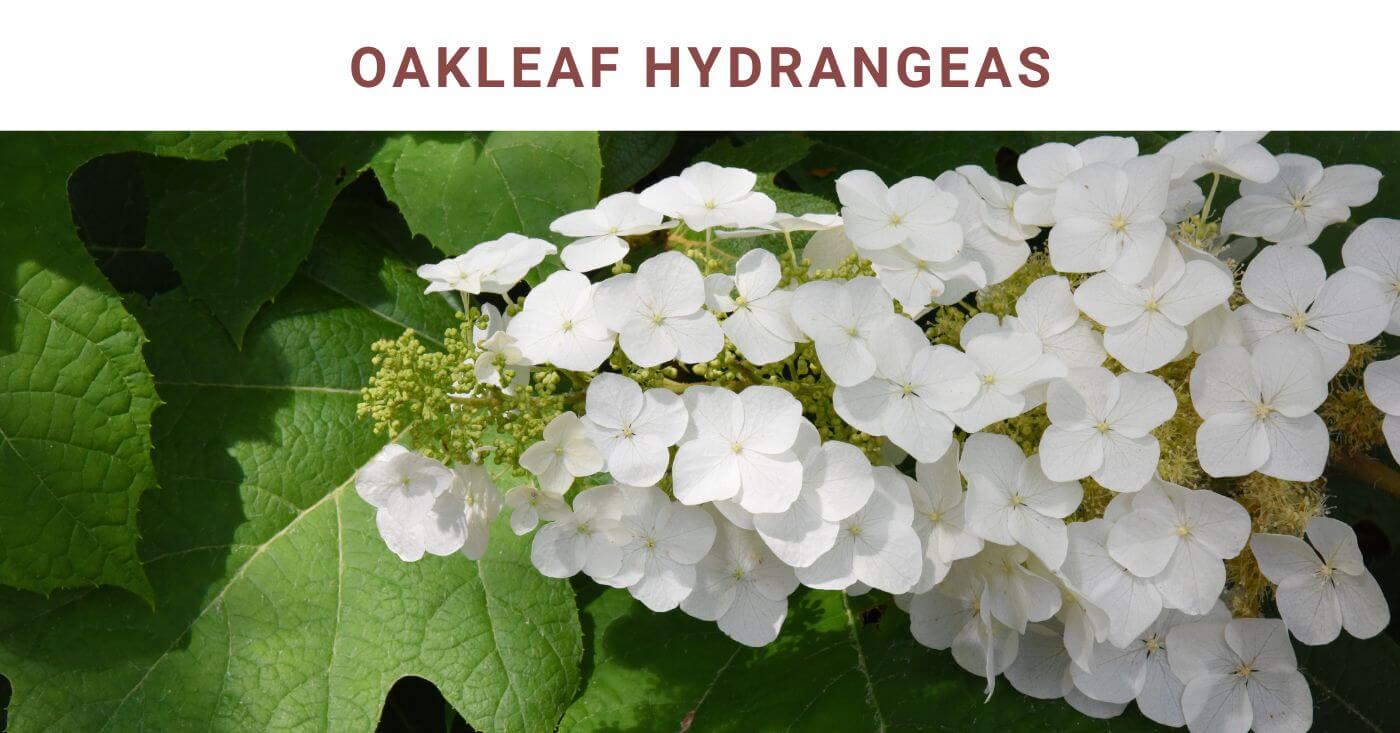
Oakleaf Hydrangeas (Hydrangea quercifolia) - If interesting foliage is important to you, look no further than oakleaf hydrangea. This variety has oak tree shaped leaves, and its flowers make an appearance in spring. It can grow up to zones 5a, but it really thrives in hot summers and full sun locations. It also prefers more dry conditions, so avoid places with high humidity. Oakleaf varieties bloom on old wood.
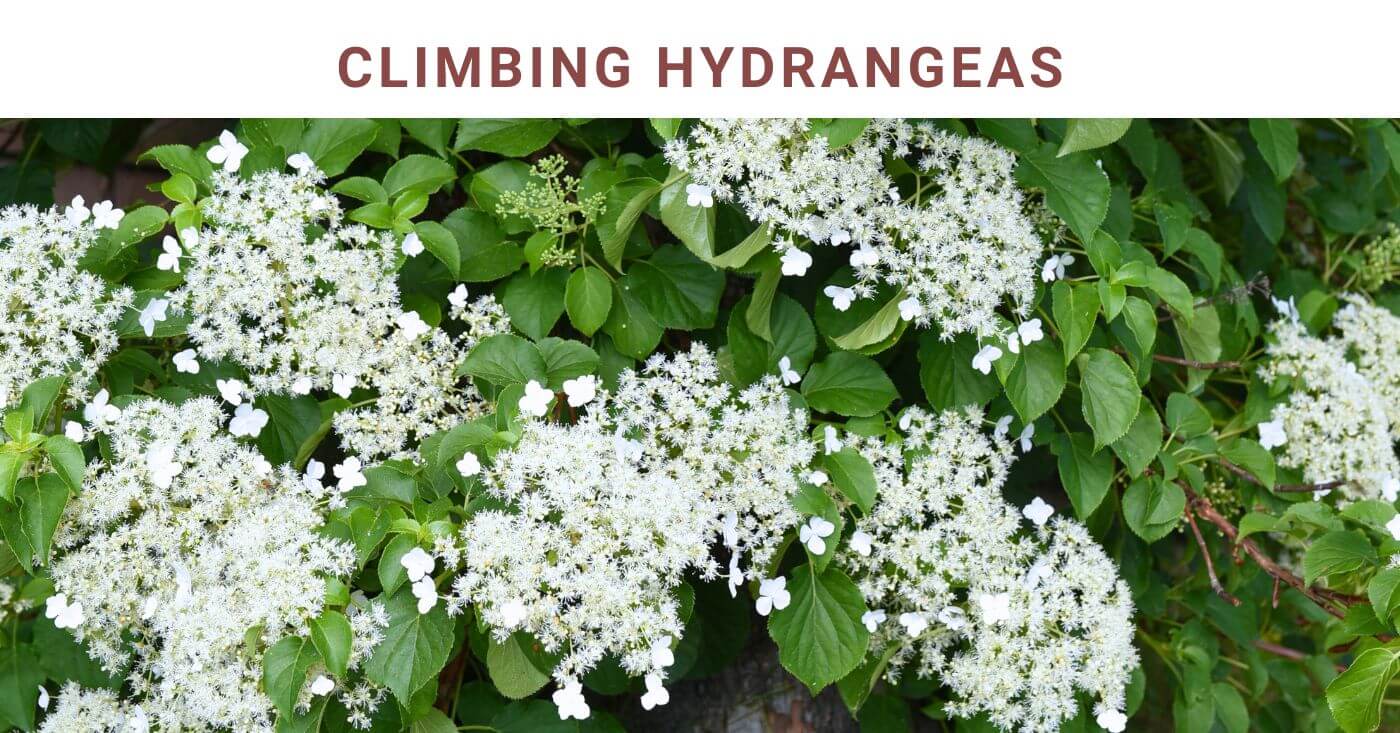
Climbing Hydrangeas (Hydrangea anomala petiolaris) - This variety is an anomaly, because it’s actually a vine! It thrives with some structure, like brick walls and pergolas. They’re a hardy plant, thriving in zones 4-9. Climbing hydrangeas are relatively slow-growing, so they take some time to establish, but we think they’re worth the wait!
Planting Hydrangeas
Once you decide which type of hydrangea is best for your growing zone and preferences, it’s time to get planting! Most varieties prefer full sun, but some, like the climbing hydrangea, can do well in shade too. Pay attention to the variety you choose and its requirements.
Hydrangeas like well-drained soil, so avoid planting in areas that may receive standing water with heavy rainfalls. Be aware that for certain varieties, like the macrophylla varieties, the color of the hydrangea flowers can be impacted by the acidity of your soil. If you’d like to encourage blue flowers, make sure the soil has a pH of 5.2-5.5. More pink flowers happen when the soil’s pH is between 6.0-6.5. If you’re unsure of the pH of your soil, pH testing kits are available at garden centers or online. Organic additives can be mixed into the soil to create the desired pH.
Plant hydrangeas in spring or fall, when soil temperatures are mild, and there’s natural moisture in the ground.
- Dig a hole no deeper than the depth of the container and 6" or more wider on the sides.
- Slide the root ball from the pot by tapping on the bottom of the pot.
- With a shovel or knife, trim the bottom 2" off of the root ball.
- Rotate the plant to the proper position. Never lift or move plants by the tops.
- Place the root ball in the hole.
- Notice where the base of the trunk flairs out from the tree. This is called the root flair. This root flair should show when the tree is planted. If necessary, add soil under the ball so the root flair is exposed.
- Backfill the hole with soil, making sure the top of the root ball is visible and slightly higher than the soil around it.
- Firm the soil around the hydrangea. Water well to settle soil around the root ball. Nursery tip: water freshly planted hydrangeas deeply once per week to help establish healthy roots. Continue this practice for its first growing season.
- Mulch your newly planted hydrangea, but leave some space around the base of the plant.
Congratulations, you’re well on your way to enjoying your beautiful blooms!
Watering and Feeding
Good watering techniques will help hydrangeas bloom and grow to their fullest potential. For hydrangeas in their first season, a weekly watering will help them to establish a healthy root system. After its first season, only water when necessary in a dry spell or drought. We recommend watering early in the day to reduce evaporation, allowing the water to reach the roots.
Be careful not to over or underwater these shrubs, which can cause wilting or diseases like root rot. The easiest way to tell if your plant needs water is to touch the soil around the roots, up to 3” deep. If it’s moist, there is no need to water. If it’s dry, give it a good soaking with the hose end, watering the soil only, not the leaves.

